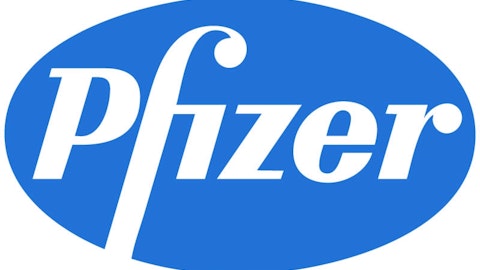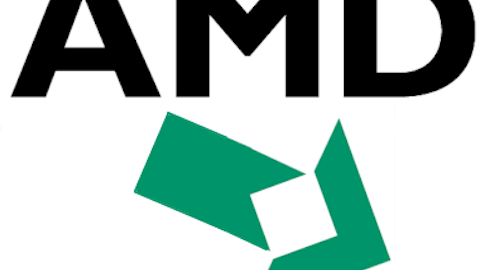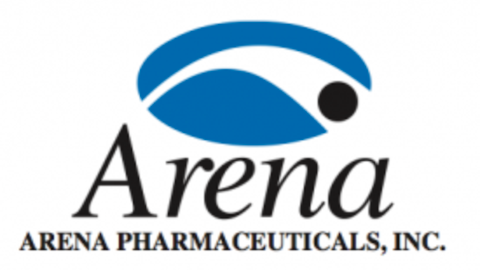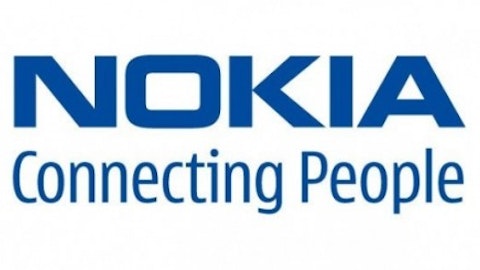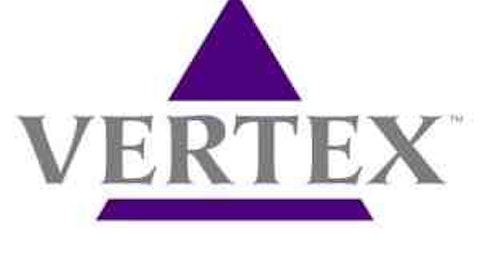What’s even more interesting is that just two years later, Gilead Sciences, Inc. (NASDAQ:GILD) sofosbuvir and AbbVie‘s direct-acting antiviral combo mopped the floor with Incivek in terms of delivering superior SVR results with far fewer side effects. Sofosbuvir’s late-stage study demonstrated an SVR of 90% in the most common genotype of the disease, while AbbVie’s combo (which is currently in late-stage studies) delivered a 97% SVR in a mid-stage study of 79 patients.
Simply put, if we’ve gone from a response rate of less than 50% to averaging 90% or greater on SVR in a matter of a couple of years, I see no reason hep-C can’t be eradicated completely over the next 20 years.
Prediction No. 4: Health-care costs as a percentage of U.S. worker income will continue to rise.
Go ahead, blame Obamacare if you’d like, but the truth is that whether or not Obamacare was implemented, health-care costs appeared destined to rise. The way I see it, there are two culprits at work here that the new health reform and previous system failed to address.

Source: Images Money, Flickr.
First, little is being done to address the premium pricing power of health insurers. The ultimate goal of Obamacare’s state-run health exchanges is to introduce pricing transparency into the marketplace, which should allow a more educated public to make smart decisions about their health-care choices. The problem is that most states are dominated by just a handful of insurers. California’s huge insurance market has 13 different participants, but four in particular — Kaiser Permanente, Blue Shield of California, Anthem Blue Cross (run by WellPoint) and Health Net — control a majority of the individual buyer market share. What prevents these insurers from colluding to boost premium pricing? In my eyes, not much.
The other problem is that there aren’t really any controls in place to thwart rare-disease pharmaceutical companies from charging an arm and a leg for their treatment. Understandably, pharmaceutical companies need to recoup the costs of their drug from the development process, but they also need to take into consideration the staggering cost their drugs might pose to insurers. In response, all insurers are going to do is pass these higher costs along to members with premium increases. Until there are better pharmaceutical and insurance industry controls, health-care costs as a percentage of income are only going to continue to rise.
It’s clear a lot could happen over the next 20 years, and I’m sure I’ve just touched the tip of the iceberg in terms of where the health-care industry is headed. But one thing is for sure: The industry deserves your full and undivided attention as an investor.
The article 4 Health-Care Industry Predictions for the Next 20 Years originally appeared on Fool.com and is written by Sean Williams.
Fool contributor Sean Williams has no material interest in any companies mentioned in this article. You can follow him on CAPS under the screen name TMFUltraLong, track every pick he makes under the screen name TrackUltraLong, and check him out on Twitter, where he goes by the handle @TMFUltraLong.The Motley Fool owns shares of, and recommends WellPoint. It also recommends Gilead Sciences, Illumina, and Vertex Pharmaceuticals.
Copyright © 1995 – 2013 The Motley Fool, LLC. All rights reserved. The Motley Fool has a disclosure policy.
